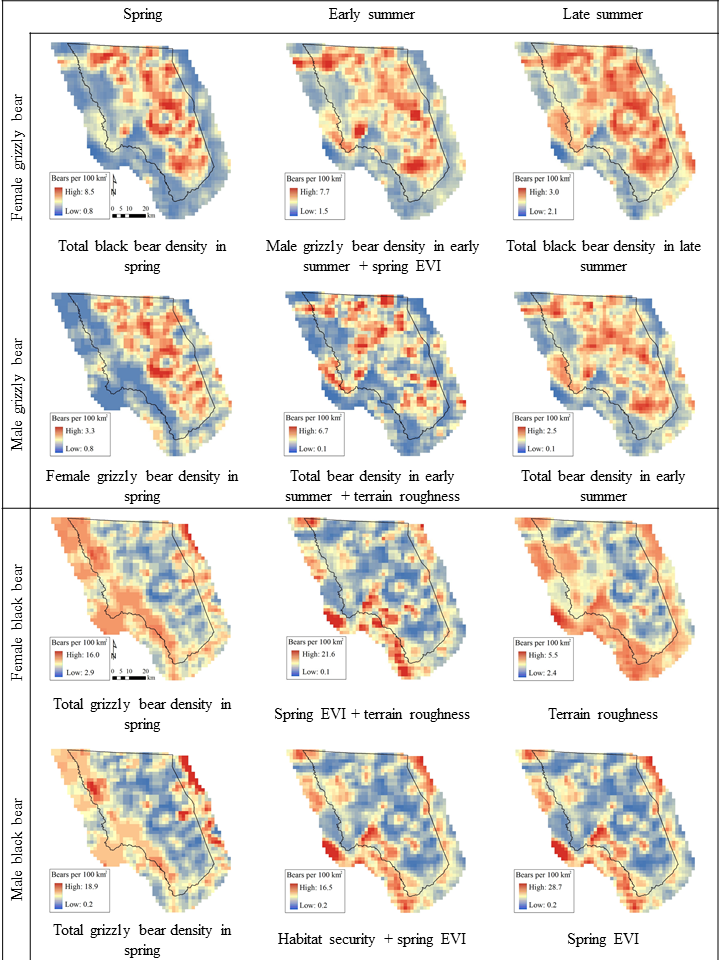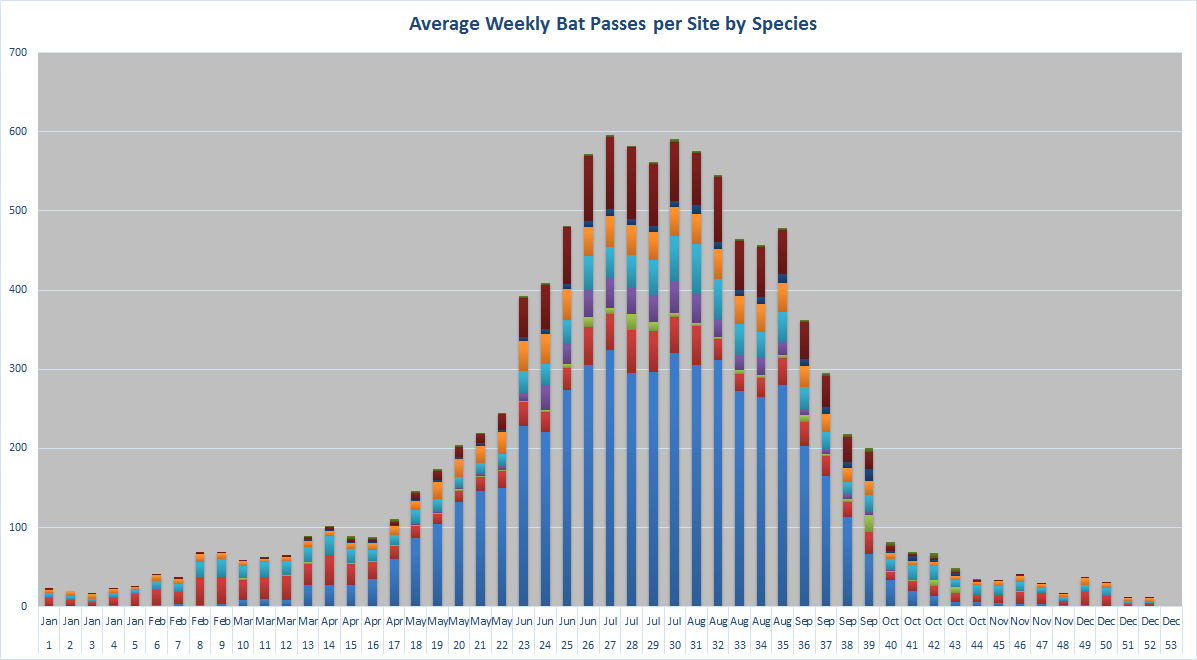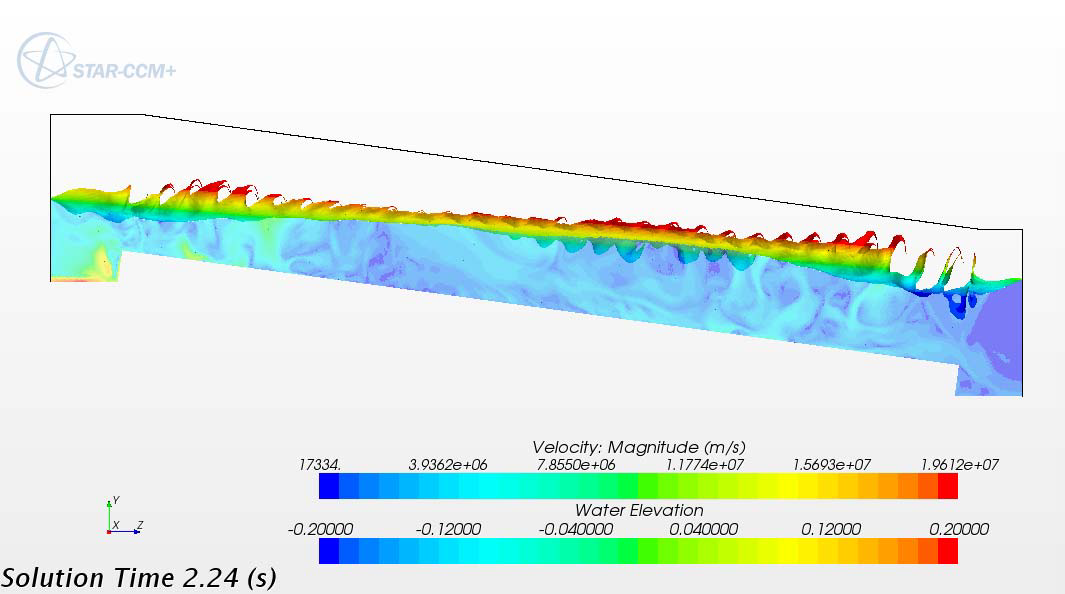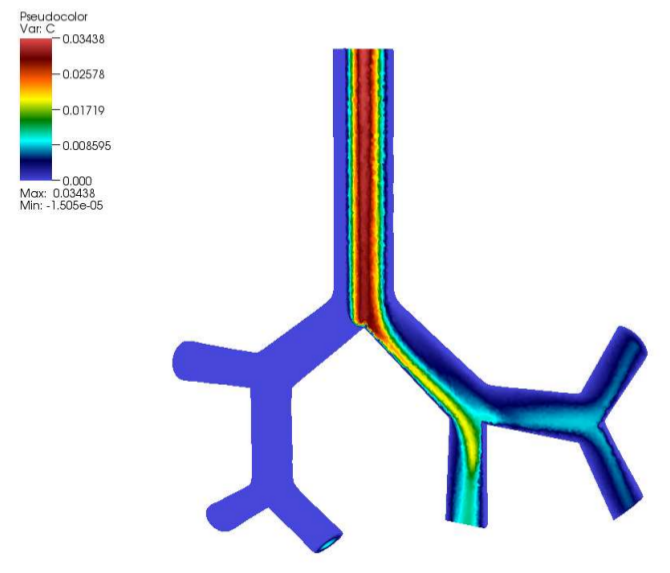Difference between revisions of "Featured research"
From Montana Tech High Performance Computing
| Line 34: | Line 34: | ||
<div class="row"> | <div class="row"> | ||
| − | <div class="small-1 columns"> | + | <div class="small-1 columns"> </div> |
<div class="small-9 columns"> | <div class="small-9 columns"> | ||
''' Recognition-Based Eyes-Free Mobile Text-Entry ''' - '' Montana Tech Computer Science '' | ''' Recognition-Based Eyes-Free Mobile Text-Entry ''' - '' Montana Tech Computer Science '' | ||
Revision as of 10:19, 21 September 2017
Below are some research projects that has utilized our HPC. Contact us if you want your projects list here.
Grizzly Bear Population Modeling
Dr. Jeff Stetz is a research ecologist who specializes in the development and application of advanced population monitoring tools to both answer general ecological questions and to inform conservation and management of large mammals. His recent work uses detection data of grizzly and American black bears in the Glacier National Park region in conjunction with spatially-explicit capture-recapture (SECR) statistical methods to help explain the variation in seasonal density patterns of these sympatric (overlapping in space) species. The SECR modeling framework and the relatively large size of the datasets required a tremendous amount of computational capacity, with some single models requiring several weeks to converge. Without the large amount of RAM, multiple cores, and processing speed, these analyses would have been impossible.
Montana Bat and White‐Nose Syndrome
The researchers at Montana Natural Heritage Program deployed a network of ultrasonic acoustic detector/recorder stations at more than 75 sites in the past 6 years. Each detector recorded nightly bat passes across all seasons. As of August 2017, over 10 million full spectrum sound files have been recorded, totaling over 50 TB of call data. In order to efficiently interpret these data, they use software to complete automated analysis of recorded bat calls. This software examines and measures hundreds of attributes of the echolocation calls in each sound file and assigns tentative species identification to calls when appropriate. Using the HPC, they were able to reanalyze millions of bat call files with the most up-to-date methods and this process was completed in days instead of years.
Recognition-Based Eyes-Free Mobile Text-Entry - Montana Tech Computer Science
Text entry on a mobile touchscreen device normally requires precise visually-guided finger taps or gestures. For users who are blind, visually-impaired, or who are situationally-impaired, visually guided text entry may be impossible. It is planned to address this problem by developing recognition-based text entry methods that allow fluid and efficient text entry despite the lack of visual feedback. Techniques are based on statistical recognition, a process which compares millions of possibilities, looking for signal in users’ noisy input. To rapidly identify the most promising recognition techniques, our initial comparisons will be performed offline on recorded user data.
Computational Fluid Dynamics in Ecohydraulics
Ecohydraulics is a term that refers to the study of the interface between ecological systems and computations involving hydraulics or fluid mechanics. The researchers at Montana State University has a history of success in the use of Computational fluid dynamics (CFD) models to predict fish mobility challenges where fish encounter man-made structures. They utilized the HPC to process and interpret the fine grid CFD model of the steep-pass flume which allowed the estimation of time requirements for different CFD models and configurations.
Neuron Network Simulation of Visual Working Memory
The project consists of developing a neuronal network model to investigate potential neurophysiological mechanisms that will emulate the encoding of short-term memories into coherent oscillations of neuronal populations. The goal is to simulate coherent oscillations between distant populations of neurons. ...
Efficient Modeling of Nanoparticle Transport in Human Airway
HPC was used to extend the stabilized Finite Element Method for modeling nanoparticle transport in the human airways developed and evaluated in a previous project for nanoparticles from 1 nm to 150 nm to the hp-FEM context and gather some preliminary data.






